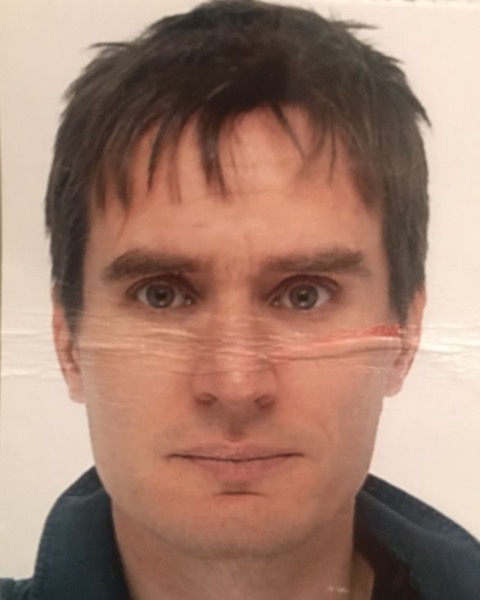Surgical Treatment by Anterior Thoracoscopic Approach for Giant Thoracic Disc Herniation: a Way to Robotic Assisted Procedures?
Surgical Treatment by Anterior thoracoscopic Approach for Giant Thoracic Disc Herniation: A Way to Robotic Assisted Procedures?
Friday, April 21, 2023


Reina Vincent
Neurosurgeon
Pitié Salpêtrière Hospital, APHP, Paris , France
ePoster Presenter(s)
Introduction: Anterior thoracoscopic approach is recognized to be the safest and less invasive way for surgical treatment of giant thoracic disc herniation (gTDH) causing clinical myelopathy, but remains a long and challenging procedure. Since 2010, multiplan acquisition (Oarm) brought 3D per operative safe level confirmation and reliable final control of the spinal cord decompression.
Methods: We present a prospective study of 8 patients operated for symptomatic gTDH by minimal invasive thoracoscopic approach with per operative 3D neuronavigation system (Oarm and Stealth Station S8, Medtronic, USA), between October, 2021 and October, 2022. Frankel grade and JOA score adapted to the thoracic spine were assessed before surgery and during the follow up, as well as the quality of spinal cord decompression by MRI. The bone drilling surface necessary to the excision of the herniation was planned before surgery and merged with the per operative 3D acquisition. The results were compared to the previous results of 53 patients operated between 2001 and 2016, by thoracoscopic approach but without 3D neuronavigation.
Results: The clinical results (Frankel grade and JOA score) were similar with and without 3D navigation and showed significative improvement, as well as the quality of spinal cord decompression. There was no problem of Neuronavigation, such as device failure or mismatch during the surgery, despite the use of neuronavigated tools that were not dedicated to this type of procedure.
Conclusion : As the per operative Neuronavigation is now used for every thoracoscopic approach (as well as for posterior spine procedures) in our department, we believe that the bone drilling part of the procedure can be performed by a robotic assisted device, leaving to the surgeon the only challenging part: the removal of the herniation.
Methods: We present a prospective study of 8 patients operated for symptomatic gTDH by minimal invasive thoracoscopic approach with per operative 3D neuronavigation system (Oarm and Stealth Station S8, Medtronic, USA), between October, 2021 and October, 2022. Frankel grade and JOA score adapted to the thoracic spine were assessed before surgery and during the follow up, as well as the quality of spinal cord decompression by MRI. The bone drilling surface necessary to the excision of the herniation was planned before surgery and merged with the per operative 3D acquisition. The results were compared to the previous results of 53 patients operated between 2001 and 2016, by thoracoscopic approach but without 3D neuronavigation.
Results: The clinical results (Frankel grade and JOA score) were similar with and without 3D navigation and showed significative improvement, as well as the quality of spinal cord decompression. There was no problem of Neuronavigation, such as device failure or mismatch during the surgery, despite the use of neuronavigated tools that were not dedicated to this type of procedure.
Conclusion : As the per operative Neuronavigation is now used for every thoracoscopic approach (as well as for posterior spine procedures) in our department, we believe that the bone drilling part of the procedure can be performed by a robotic assisted device, leaving to the surgeon the only challenging part: the removal of the herniation.
